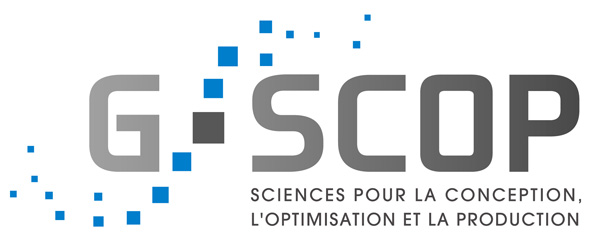A simulation-based study of proximity between voting rules
Résumé
Our research program proposes to analyze the proximity between voting rules considering either their respective winners are identical or not. The more often two different voting rules lead to the same winner, the more similar they should be considered. Our methodology consists in simulating a large enough amount of elections, and analyzing the distance between each pair of voting rules based on the agreement/disagreement of the election winner.
We analyze 15 voting rules, including several evaluation-based voting rules. The experimental design includes numbers of voters varying from 9 to 1001 and numbers of alternatives varying from 3 to 14. Some designs with correlations or different distributions are also explored. The study analyzes the influence of all these variables on the proximity between voting rules. Several proximity maps are presented. Unsurprisingly, voting methods based on the same principles (plurality rules, Condorcet like rules, evaluation-based rules) generally conduct to a proximity of winner. However, these proximities can change regarding the control variables. Moreover, some specific rules appear to be a kind of link or hyphen between two families of voting methods.
| Origine | Fichiers produits par l'(les) auteur(s) |
|---|
